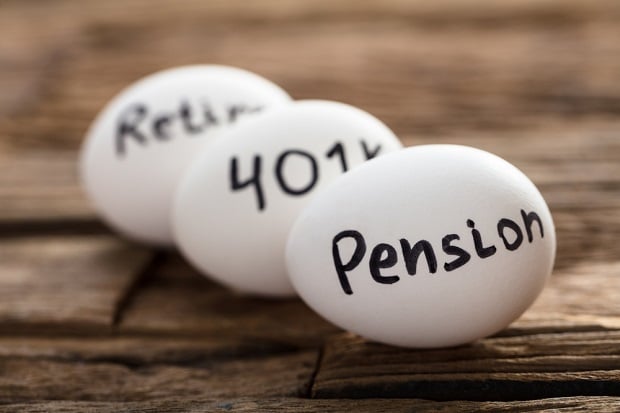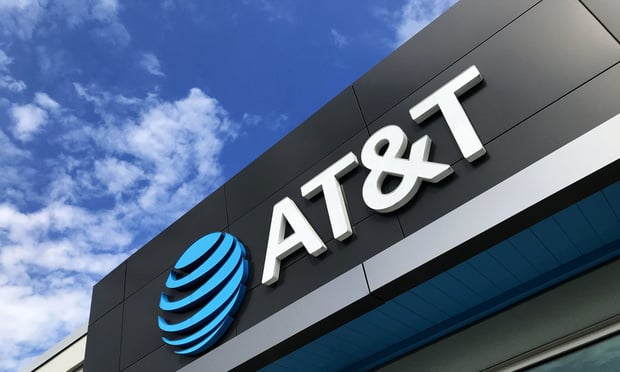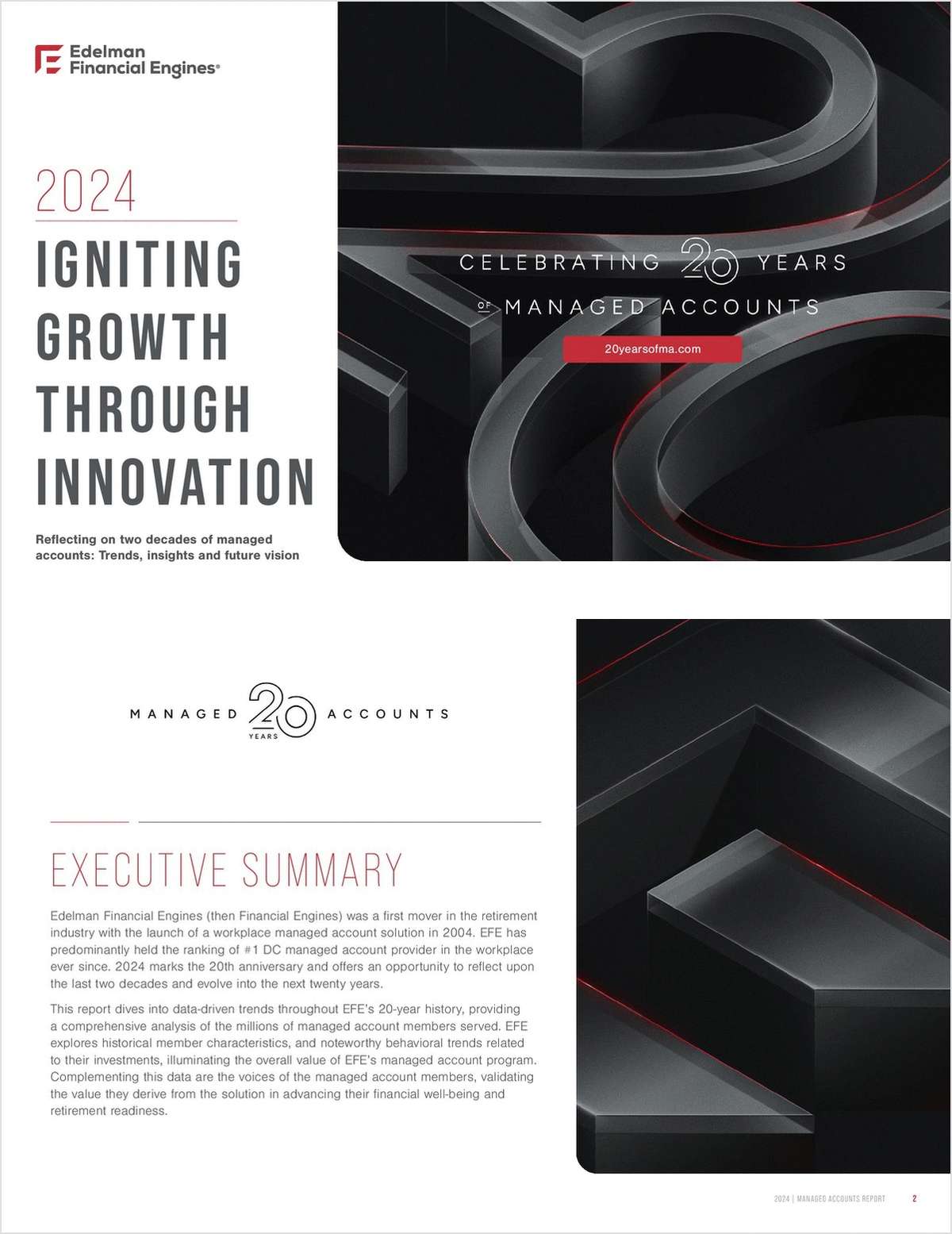The Pension Benefit Guaranty Corp. has finalized an interim rule on partitioning assets in the most troubled pension plans in its Multiemployer insurance program.
Among other statutory provisions, the Multiemployer Pension Reform Act of 2014 created a new framework of partition rules intended to help PBGC sequester portions of assets in plans expected to go insolvent.
By partitioning some assets, PBGC can reduce the exposure it would otherwise face if a plan goes insolvent.
Continue Reading for Free
Register and gain access to:
- Breaking benefits news and analysis, on-site and via our newsletters and custom alerts
- Educational webcasts, white papers, and ebooks from industry thought leaders
- Critical converage of the property casualty insurance and financial advisory markets on our other ALM sites, PropertyCasualty360 and ThinkAdvisor
Already have an account? Sign In Now
© 2024 ALM Global, LLC, All Rights Reserved. Request academic re-use from www.copyright.com. All other uses, submit a request to [email protected]. For more information visit Asset & Logo Licensing.








